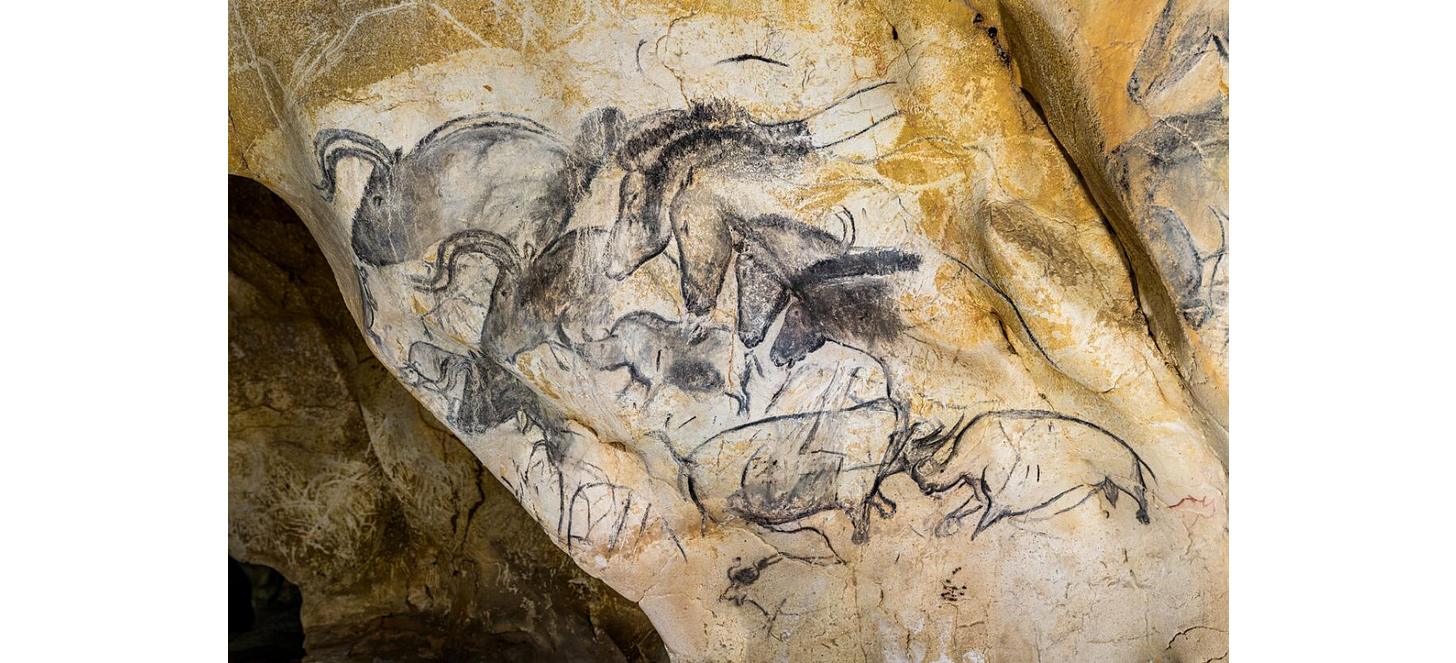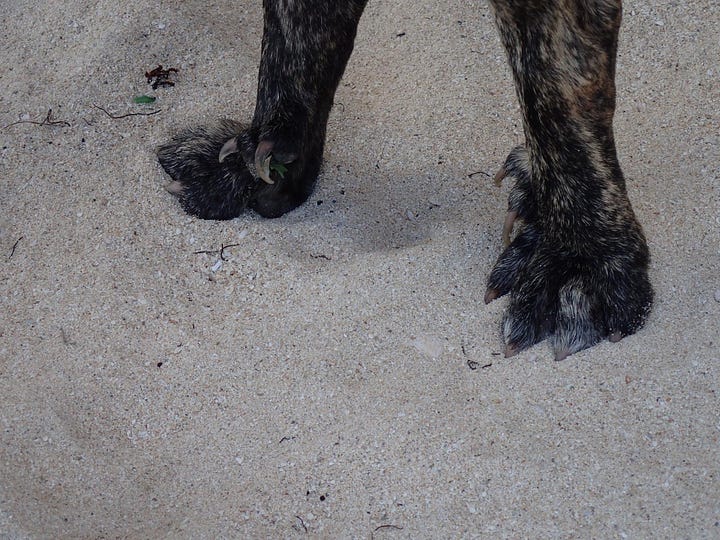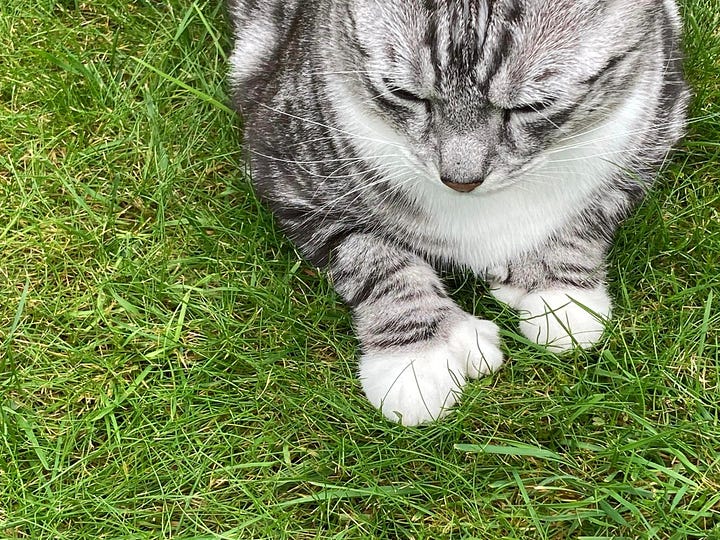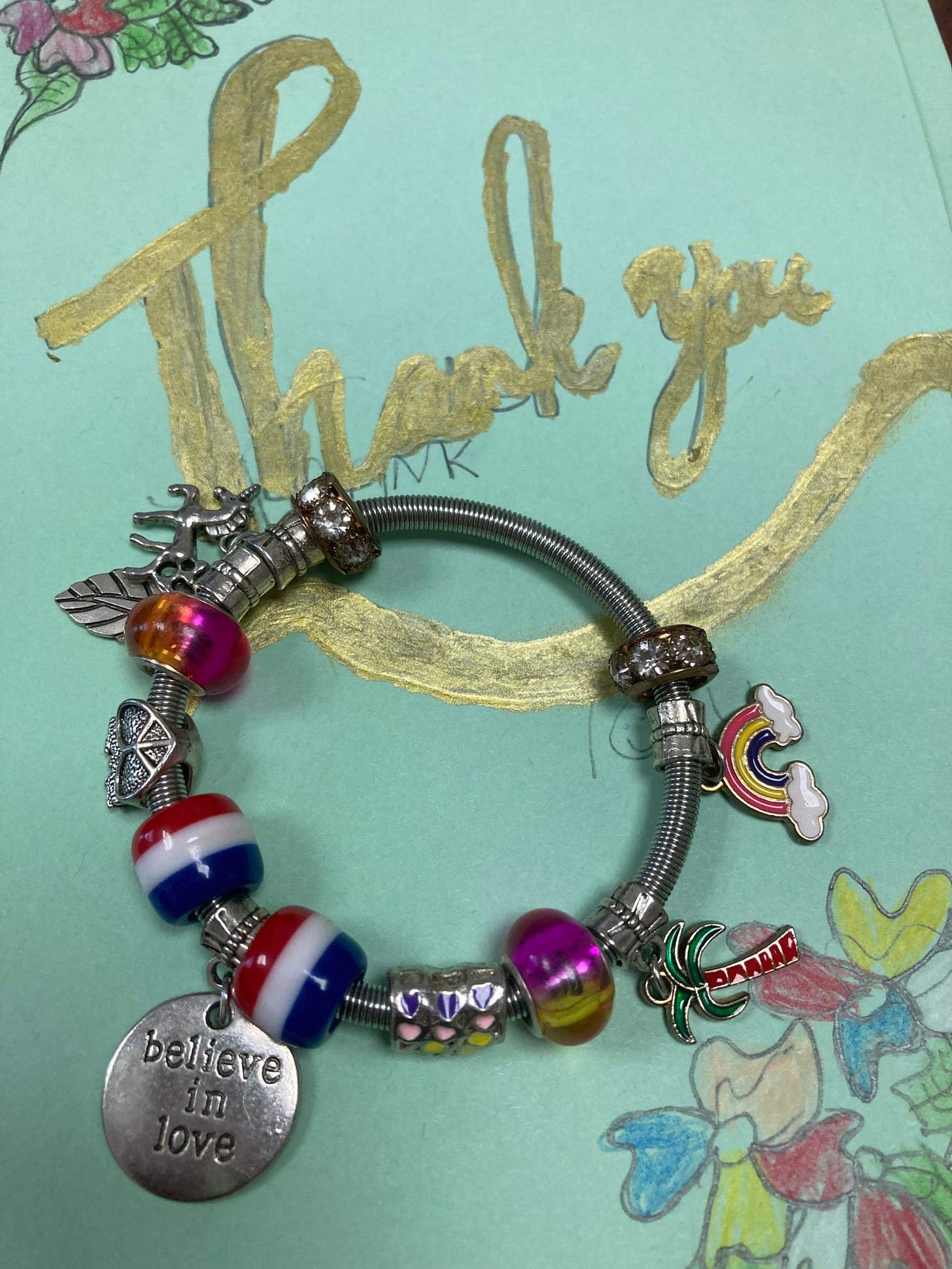My friend is teaching me how to play the mountain dulcimer. I’m not really musical, but I can follow directions pretty well, and I practice some every day. I wish I had been more disciplined in learning a musical instrument when I was younger, so I’d have those skills now. But if the best time to have done a thing was in the past, the second best time is now.
Still, I know I’ll never be a real artist at it. I aspire to get to be skilled enough that I can help provide music occasionally at church services or community events. It would be nice to have people to play for. In any case, it’s great to have someone to play with.
My friend helps me drill strumming and chord shapes with classic dulcimer songs. They’re peculiar things, jaunty ditties with lyrics about dead geese and a prodigal son of a preacher man. I can’t help but wonder, who were these songs written for? What were their authors thinking?
Another friend of mine is a lover of nature photography. His social media shares used to be filled with interesting images, mainly of animals. Not anymore, though. It’s almost all AI generated images. He’s a bit older; he has a really hard time telling the difference between AI images and actual photographs. But not me. Besides the obvious tells like the oversaturated colors and blurry backgrounds, the AI images are just off. They’re peculiar things, uncanny. Who are they for?
Not my friend, that’s for sure. He still shares interesting images, but increasingly with captions conveying doubt and sorrow: “I really hope this is not AI but I hoped you would think it’s pretty too.” He used to have an audience of friends who would appreciate the nature photography he put effort into finding. Not anymore, though. The images are easier to find than ever, but, being mainly fakes, he has lost his audience. I want to keep following along, to be a supportive friend, but I know I’m not. The AI images are too frustrating.
I guess I’m grateful I can tell the difference between AI and real images. Or at least I think I can. So far.
I was considering my own purported ability to distinguish AI and real pieces of art when taking this survey put together by Scott Alexander at
. The deadline to participate is October 21, 2024 and if you have a spare 30 minutes or so, I recommend that you do. It’s very interesting, and participating will help Scott have more data.Scott, like many technophiles, believes that artificial intelligence can produce art as skillfully as a human artist—or at least it will be able to soon, if not yet. We won’t be able to tell the difference. If a person can’t tell the difference between AI art and art produced by a human, i.e., if AI art passes the Turing Test, that would tell us something meaningful about its quality qua art. But what makes something art is not how skillfully it was produced, or even about its quality. It’s about something deeper, and more human.
The girl who keeps kicking her soccer ball into our yard made me a bracelet. I’m sorry to say I can’t wear it; it’s for a child-size wrist. See how pretty it is, though:
I asked her how she decided to put these charms on the bracelet. The red, white, and blue beads are patriotic, she said, and so is the palm tree. The rainbow and the rainbow-hued beads are for love. The unicorn is because unicorns are cool. This artist expressed the opinion that we should love each other more.
It reminds me of my artistic efforts, when I was a child, and it probably reminds you of yours. Who was that art for? What were you as an artist thinking?
The reason the beholder of your art treasured it was in the answer to those questions, not in your skill.
About 30,000 years ago, someone painted images of animals in a cave in France. These are remarkable for the skill with which they were rendered.

I learned about studies on this paleolithic painting from a recent essay at
. There is a lot of academic interest in what techniques the ancient artist (artists?) used to create this image. But how this image was made is not the main thing that piques academic interest. As writes:One of the oldest debates within Palaeolithic art studies is the question of whether the artists were imitating what they saw, or whether the images represent a more stylistic approach…..
Palaeolithic art also includes human-animal hybrids and other fantastical imagery which has led others to suggest shamanistic or religious explanations for the artwork. The greatest proponent of this school is David Lewis-Williams, in particular his magnum opus The Mind In The Cave.
Art-for-art’s-sake is another position which some hold, arguing that prehistoric man also sought refuge in the sublime and the beautiful.
Who are the Chauvet cave horses for? What were the artists thinking?
When my friend posts AI-generated images of fake animals, one of the easiest ways to tell is through the mistakes. Too many digits is of course the classic one. Not that that’s exactly foolproof.


“Ploink!” a discordant note on my dulcimer goes. It’s like I don’t have enough fingers to play this chord. “But you’ve gotten a lot better,” my patient friend says. “Everyone makes mistakes. You’ll make less of them over time.”
And that’s what they say about AI, too. If not now, eventually it will be skillful enough to not make mistakes. When it’s skillful enough, we won’t be able to tell its art apart from that made by a person.
In about a week, my friend and I are going to play for an audience. It’s just a few easy songs, but I’ve thought a lot about their perspective in deciding what to play and in motivating me to practice. I don’t want anyone to think, “What were they thinking?” after our set is over.
But actually I do, because that’s what it means to have created art.
Art isn’t merely about the skill of the artist in creating quality art; it’s about the invitation to the viewer to enter into the artist’s perspective. Art isn’t a product, it’s a relationship. Tens of thousands of years after the Chauvet cave was dappled in horses, I can try to imagine the thoughts of the painter. The Mona Lisa was painted over 500 years ago, but millions still flock to see her, and wonder at the meaning of her smile. The skill of the artist in creating something compelling may be what causes an audience to look at it, but what makes it art is its capacity to cause the viewer to wonder: What were they thinking?
We consider this about other artifacts of human culture as well, but when looking at an ordinary object, it’s much easier to imagine what the inventor was thinking, because there is a practical end that the invention was for. We may not be able to figure out what a particular tool was for, but we can work backwards by thinking about what practical problems needed to be solved.
But art solves no practical problem. It’s not for anything, except connecting the artist and the observer. Unlike an illustration, which is aimed at clearly communicating some practical information to the viewer, art exists in ambiguity. What makes it art is the act of empathy on the part of the beholder, speculating about but not being able to fully know what the artist was thinking.
This is true of even the most objectionable work of art. Even a piece of art designed to offend is created to engage the viewer and cause her to wonder what the artist was thinking.
If AI is a tool like a paintbrush, then perhaps a human artist can use that tool to create an image that creates that relationship between artist and beholder. Then AI is just another ordinary object, that is for solving a practical problem. The AI in that case is not itself art, even if it’s a tool that could be wielded to make art.
This, however, is not what the technophilic partisans of generative AI propose. In the future, so I am told, AI will generate art better than human art. It will be able to do this on its own, and its creations will pass the Turing Test. The human beholder will not be able to tell the difference between the AI image and one created by a person.
And that might even be true, but it will not make AI generated images art.
As a beholder of an AI generated image, I might be bamboozled into thinking that it was made by a person, and wonder what the artist was thinking. But there is no artist with whom I can empathize. There is no person for me to connect with. There is no relationship. There is no attempt to share meaning. So there is no art.
And that is why I would rather look upon one plastic bracelet made by a child than a million spectacular images made by a thing. I would rather fail at playing the dulcimer than listen to an inhumanly beautiful computer generated symphony. These works are imperfect because they are made by imperfect humans with whom we can empathize. And that’s what makes them art.
I am grateful to
at for sharing her reflections on art and artists which have influenced my thinking in this piece.I previously wrote about art and the human imperative to create art here:
Through a glass darkly
A bird made her nest in my office window well, and to celebrate her choosing my window to raise her family, I’ve been making a picture of her in stained glass.






Thanks for your mention, though I don't feel equal to it. I'm merely an enthusiast, and nowhere near an expert. I developed my love for art from my father, who was an artist in his youth. He taught me a great deal of its history. We had an art encyclopedia, which I poured over. As a child I believed he took me to every museum on the American East coast! lol
After I left the nest, I wasn't able to enjoy art for years due to personal circumstances and the environment. Also, my interest waned , distracted as I was by other pursuits.
I returned to it after a particular difficult trial, finding comfort in the familiar works of the masters while discovering amazing new ones (which I will write about this month). I can't give anyone an in depth historical analysis and I know few names by heart. But I hope to make up for it with my passion for the subject and my desire to learn.
Unfortunately, I'm afraid that I didn't do very well with the test. Some of the items were obvious, but the older works were not. It proved to me that old bad art (it does exist) and AI are nearly indistinguishable!
Can AI art surpass human creation? Perhaps on a technical level, yes. But as you've said, art is meant to communicate. It's always been this way, ever since our ancestors scrawled in caves and created "Venus" fetish dolls. Even art that can't be easily seen by men, like the Nazca Lines of South America, were meant to communicate with the Divine (after all, who else would be able to see them). Without that basic principle, I wouldn't call anything truly art no matter how well it's crafted. What, exactly, can AI say? It's merely an amalgamation knowledge without conscious application.
As for your adventures with the Dulcimer, congratulations! I'm glad that you've taken up such a wonderful instrument. Music is the salve that heals the soul (in fact, I'm thinking about expanding my Substack to include a few entries on music). I hope the show goes well, although I'm sure it will.
-Cheers!